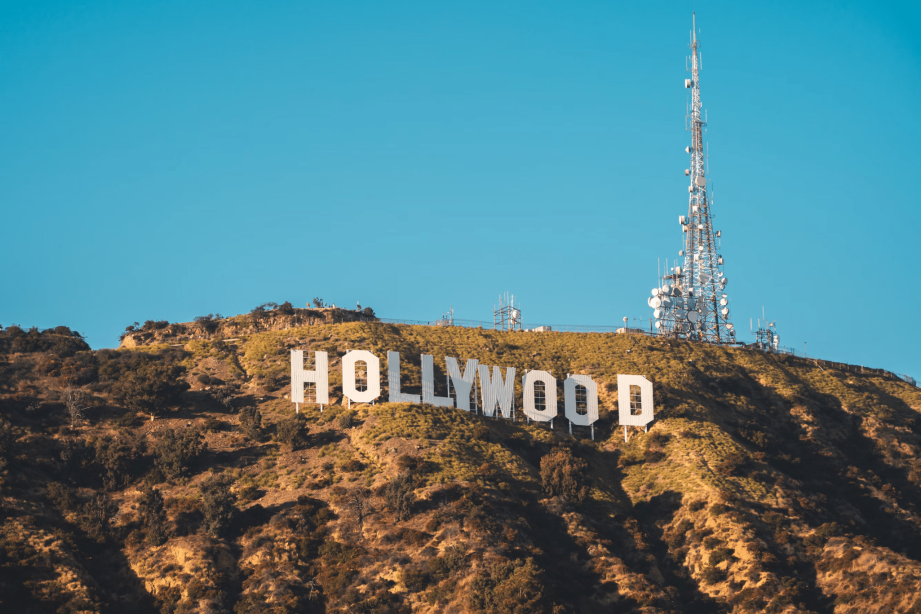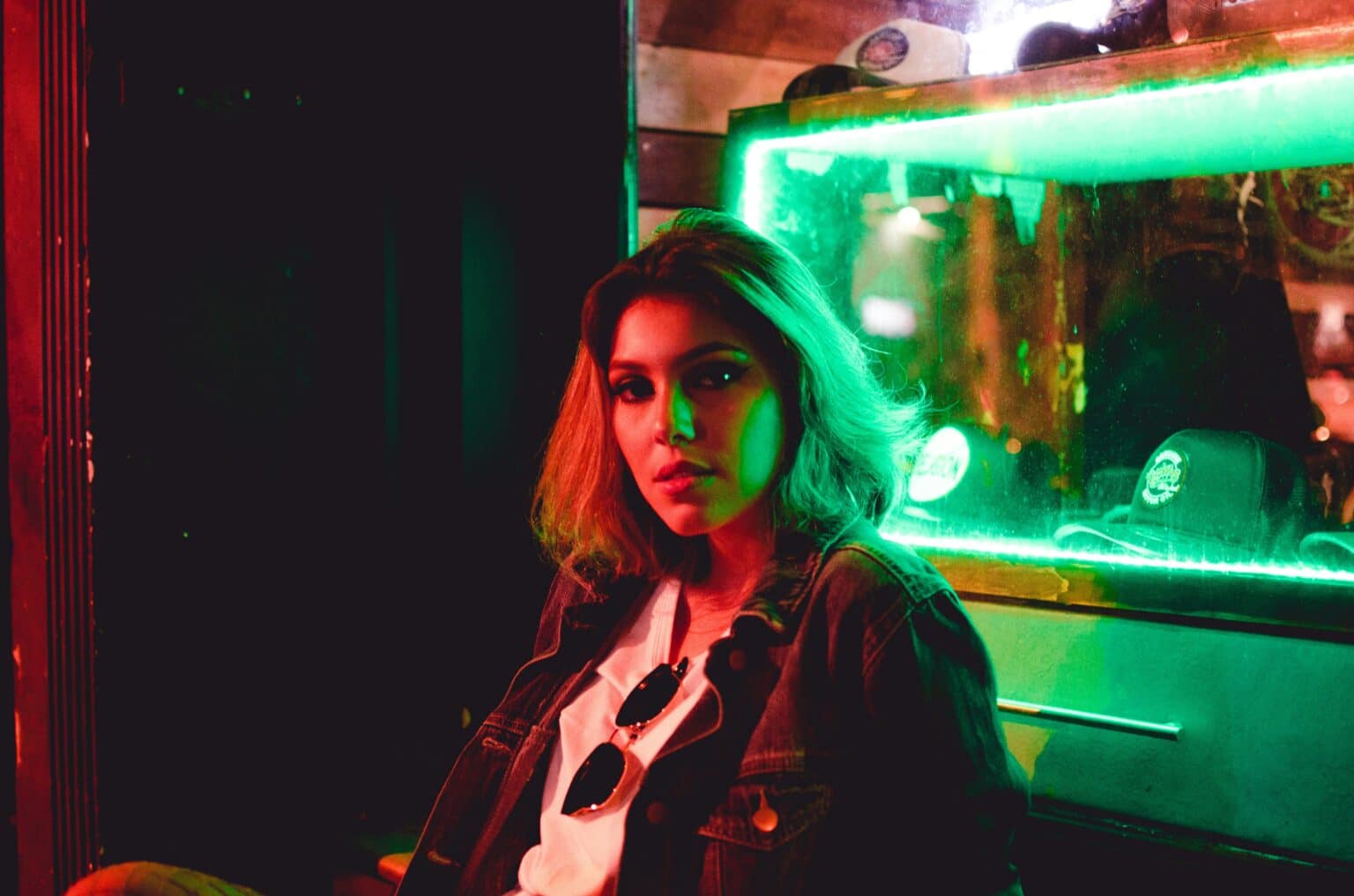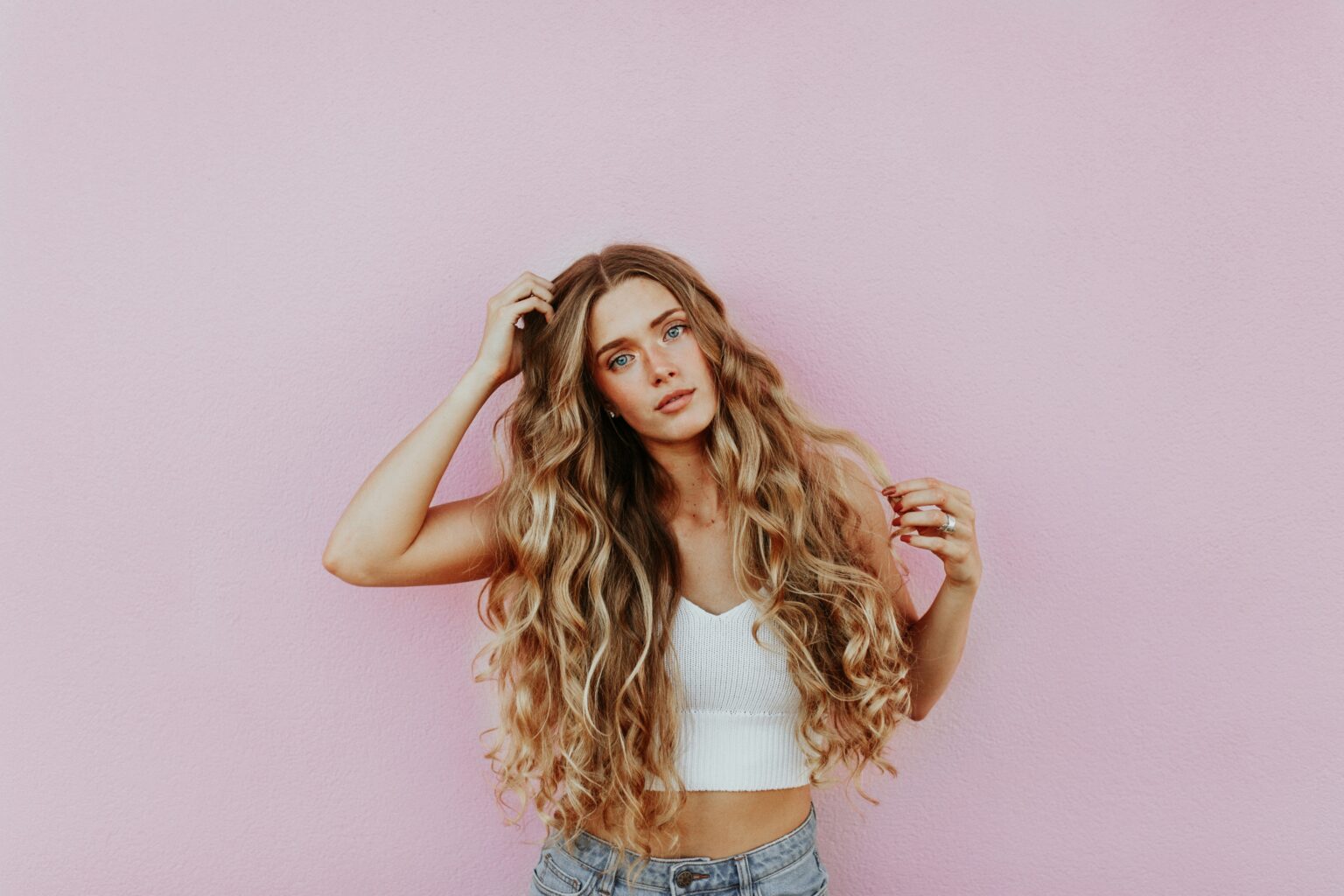Unless you went to film school, you’ve probably *heard* about B-roll…
But you’re not sure what it means or how it applies to UGC. Right?
Well, today, we’re setting out to change that. You’re about to learn all about B-roll and how it can make your UGC content even better–whether you’re a creator or a brand.
Let’s get rolling!
Where do these terms come from?
What is a B-roll? How did we come up with that term? I’m glad you asked! For your answer, we have to head to the days of old Hollywood:
“B-roll” and “A-roll” were terms filmmakers used. They’d have one roll of film, marked “A,” that was the main storyline. They’d use a second film roll labeled “B” to cover any spots where A was spliced together, such as scene changes.
The B-roll was vital because you could SEE the lines where the film was joined if they’d just played A. Playing the B-roll over top of the A-roll kept the story cohesive and intact.
We no longer use film to make movies, but we still refer to anything that isn’t the main storyline–like cutaway shots, close-ups, or even shots that set a scene as B-roll. A-roll is still the main storyline we’re following.
And you know what? It turns out that B-roll isn’t just great at hiding film lines–it’s also great at enhancing a story!
What is B-roll?
I hope you enjoyed that little trip down memory lane! But what is B-roll footage today?
In the context of UGC, a B-roll is anything you add to your main video to make the product seem more tantalizing OR keep viewers interested.
Take this video, for example. The “A-roll” or main footage is her sitting and speaking directly to the camera. And yes, she’s fantastic on camera, but the video is SO MUCH BETTER because she’s included B-roll.
Watch through the video and see where you can spot B-rolls included. Here are a few ones I spotted:
- When she’s touching the skin with this text overlayed “What’s wrong with your skin”
- When she’s talking about her skin being a bit of a “wildcard” and showing her skin
- Later in the video when she’s running and talking about how her skincare improved
👆 All these elements make the video more exciting AND tell you something about the product.
Other examples of B-roll you might use in UGC would be–doing close-up shots of the product, showing you using it, or showing people’s reaction to it.
Of course, it depends on your main angle or A-roll, but thinking about what you want your B-roll to be and going out and shooting it will take your content to the next level.
What is A-roll?
Of course, a B-roll doesn’t exist without an A-roll–the main perspective of your UGC video.
Usually, this involves talking directly to the camera, but in certain cases (like unboxing videos), you might choose to focus on your hands instead and talk to the camera as a B-roll.
In the example video above, the part where Alison talks to the camera about the supplements and holds up the package is the A-roll. Everything else is the B-roll.
How is B-roll content used?
Usually, you’ll use B-roll to enrich your videos and add depth. For example, let’s say I’ve been trying a new skincare routine in the past few weeks, so I’m shooting a video showing my new regime’s results.
However, I have some short shots I took when I first started seeing results–the lighting was perfect, and my skin was glowing.
Instead of filming my glowing skin AGAIN (because this skincare routine works!), I can just use the shots I already have. The b-rolls are coming in clutch! I might’ve just filmed them out of nowhere because I liked how my skin looked, but now I can actually use them in this video.
You can see why B-roll is a big deal–brands love it, and some platforms (like Twirl, for example) allow brands to request ONLY B-roll.
This makes sense: Brands are already buying banks of B-roll content on sites like Shutterstock to use with other pieces of content to create new ads or social posts. Why wouldn’t they want B-roll from a UGC creator they love working with? They do!
Is B-roll the same thing as raw files?
Hehe—Well, it is. And at the same time, it’s not.
Let me explain: Let’s say you’ve created a 30-second video for a brand, right? The extra shots from this specific video are the raw files. For this video, they’re nothing more.
However, the brand might take the raw file you’ve given them and use it as a B-roll for a different video down the road. If they’re storing it on a hard drive or in Dropbox, they can always pull the raw footage as a B-roll. But for the OG video, it’s just considered raw footage.
All raw footage is not B-roll. But raw footage can potentially be used as a B-roll later.
Where can I sell B-roll content?
First, you can sign up for platforms like Twirl, which allow brands to request B–roll–only content. I’m unsure how often brands ask for it (I suspect regular UGC is still the main focus), but you can get paid to produce it through their platform!
Another option is BlackBox, which allows you to sell video footage to platforms like Shutterstock, Adobe Stock, or Freepik. Once they’ve accepted your content, they sell it to the platforms and pay you afterward. They take a 15% commission from each sale, but there are no other costs for you–so it’s worth checking out!
Finally, you can also create a little B-roll portfolio and pitch it as an add-on for brands you work with when negotiating prices. I don’t know how many brands will jump on a chance to get a custom B-roll, but I’m sure some of them will!
I’d recommend considering B-roll as an addition to your income–your main income stream should still be creating UGC content for brands because it’s more reliable.
Watch out for platforms that DON’T pay you for B-roll content, too! Yes, they are out there–stay away!
Where can brands find B-roll content?
If you’re a brand and looking for B-roll content, there are a few platforms you can check:
- There are UGC Platforms that allow you to ask for B-roll, like Twirl (which I’ve already mentioned several times in this article, I know). You can also ask for B-roll directly from UGC creators.
- Pixabay isn’t just for stock images–you can also get stock videos! Everything on Pixabay is free and royalty-free–provided by the artists who made them–so there are some restrictions on how to use them. You may be asked to donate to the artist who created the B-roll you’re using.
- Artlist.IO is a subscription-based library of stock footage–again, all of their videos are royalty-free. If you subscribe, you can get a stock B-roll without watermarks to use in your videos!
- Storyblocks is another stock video library, but it has a pay-per-clip model (which is helpful if you only need a clip or two for a project!). It also integrates with Adobe products, making your video editors love you forever!
- Shutterstock is another well-known stock image and video service–and you can subscribe to get access to their library OR pay in advance for a handful of downloads.
These services allow you to preview their library to see if they have the needed footage before paying for B-roll.
If you want custom B-roll, I recommend checking with UGC creators you’ve enjoyed working with in the past–chances are, they’d be thrilled to film something extra for you!
My thoughts
If you’re in the UGC space, here’s what you need to know about B-roll: Don’t sleep on it. It’s going to level up your UGC content.
But don’t stress out about it either–you don’t have to buy a bunch of stock footage or create B-roll packages to stay current.
Just know it’s out there and can make the difference between a “meh” video and a great one. And, you may generate a little extra income by selling it.
And, of course, I want to know your thoughts too! Have I missed any platforms where brands or creators can find and sell B-roll? If so, let me know in the comments!










